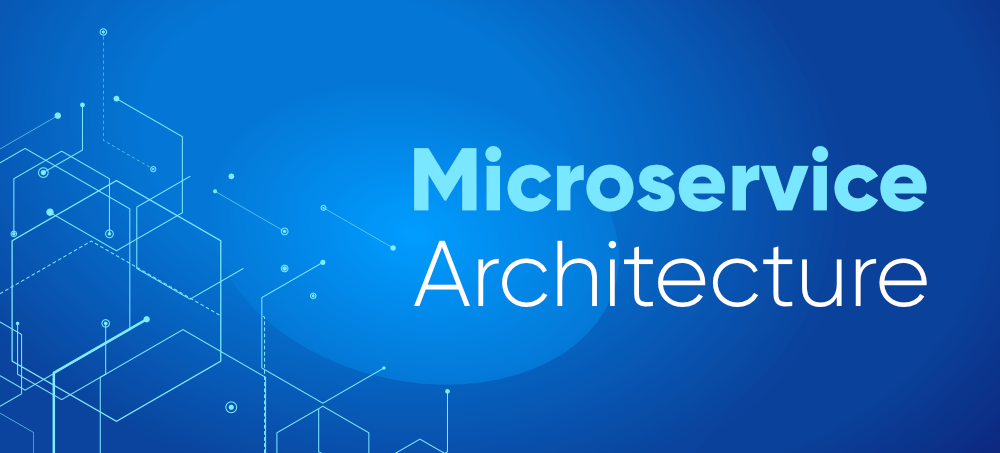In today’s rapidly evolving technological landscape, where agility and scalability are paramount, the adoption of microservices architecture has become a cornerstone for many enterprises striving for digital transformation. Microservices, an architectural style that structures an application as a collection of loosely coupled services, offer unparalleled benefits in terms of scalability, flexibility, and resilience. However, harnessing the true potential of microservices demands a nuanced approach and adherence to best practices.
- Consider Alternatives: Avoid rushing into Microservices; they should be the final option after exploring other pragmatic alternatives like a modular monolith.
- Design for Failure: Anticipate failures in any distributed system using Microservices. Plan for failure at different levels—infrastructure, database, and individual Microservices. Employ techniques like circuit breakers, graceful degradation, and bulkheads.
- Build Specific Services: Craft Microservices that excel in a particular function. Creating them as multitasking entities can lead to chaotic outcomes.
- Opt for Lightweight Communication: Utilize efficient communication protocols like REST, GRPC, or Messaging Queues. Minimize communication overhead and boost performance.
- Implement Service Discovery: Enable Microservices to identify each other for effective communication. Tools like Eureka or Consul can facilitate this.
- Distribute Data Management: Let individual services own and manage their respective data. Aim to reduce coupling between services for independent evolution.
- Apply Resiliency Patterns: Enhance system availability by implementing resiliency patterns such as retry policies, caching, and rate limiting.
- Monitor Proactively: Identify and address issues promptly in a distributed system. Employ monitoring tools like Prometheus and Grafana for timely issue identification.
- Prioritize Security: Secure Microservices at all levels, considering their extensive attack surface. Implement security measures from infrastructure to communication layers using updated protocols and tools.
- Centralize Logging: Aggregate logs from all services into a centralized location for meaningful analysis. Utilize tools like ELK for a robust logging setup.
- Embrace Containerization: Deploy Microservices in isolated environments using containerization and orchestration tools like Docker and Kubernetes. Devote adequate attention to managing these resources.
- Automate Testing and Deployment: Thoroughly test Microservices to ensure reliability. Automate test cases in CI/CD processes for a seamless deployment experience.
The allure of microservices lies in their ability to revolutionize software development by enabling scalability, flexibility, and resilience. However, unlocking their full potential demands meticulous planning, adherence to best practices, and a robust architectural approach. By embracing the principles of decoupling, automation, resilience, and security, organizations can harness the transformative power of microservices architecture and propel themselves towards a more agile and innovative future.
Complete the form located at this page https://synpass.pro/contactsynpass/ in order to get in touch with us regarding your project☝

